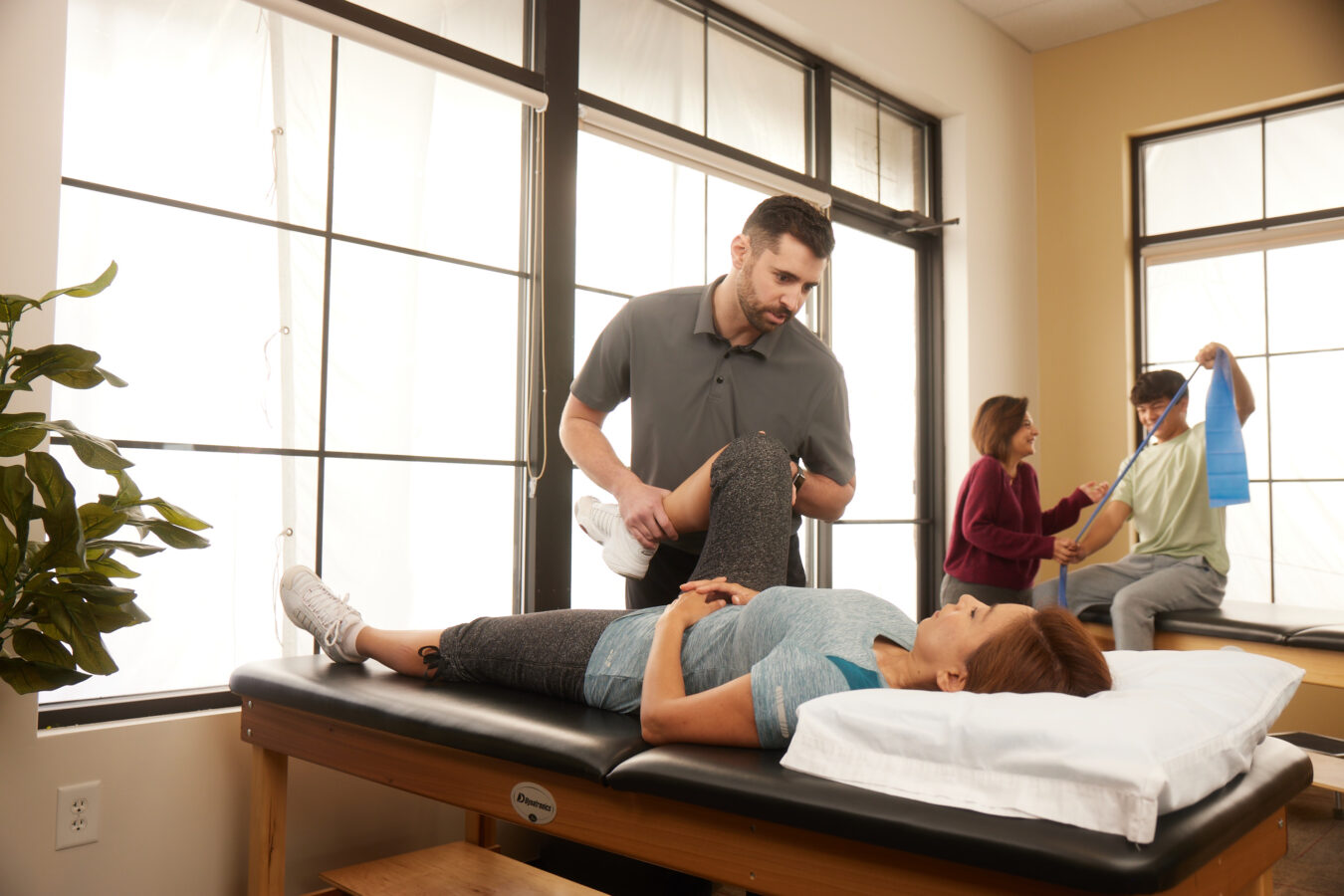
IT band inflammation is common in athletes and workers who perform unbalanced, repetitive activities. But it can also impact individuals who spend a lot of time in sitting, standing or kneeling positions as well as those who are avid climbers or squatters.
Iliotibial band syndrome (ITBS or IT band syndrome) is an overuse injury of the tissue that runs outside of the leg, from the pelvis to the knee. It causes pain and tenderness, especially above the knee. Other common symptoms include a stinging sensation, thickening of tissue, or a snapping sensation on the outside of the knee.
Physical therapy for IT band syndrome can help ease pain and correct biomechanical issues that may be exacerbating symptoms.


IT band syndrome accounts for 22% of overuse injuries in the knee region, but there are many ways to treat it. Your IT band syndrome treatment may include:


*Services are not available at every location. Visit our Locations page for more details.